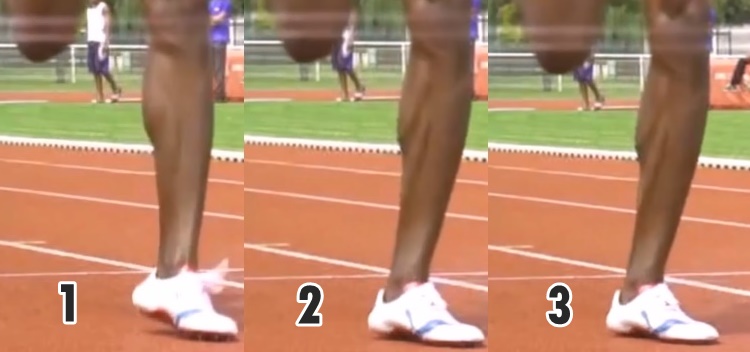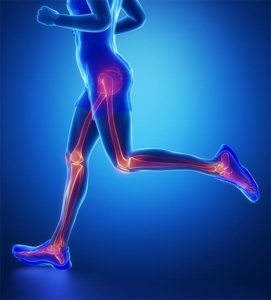Running technique, and why it matters
What may come as a surprise, is that very few of us are taught how to run: one of the most physically demanding tasks we as humans perform. While we’ve been brought up trying to walk ‘heel to toe’, applying this same technique to running can place unnecessary stress through our knees, hips and lower back.
While there are no universal guidelines as to how we should run, techniques will vary on the person’s anatomy, strength and injuries. Generally speaking, people will fall into three different categories:

Heel striking
Increased force: knees, hips and lower back.
Reduced force: calf and ankles.
The most natural running technique for most people, there are a number of benefits to heel striking despite claims that it increases risk of injury or is not as efficient as other foot striking techniques. The heel bone, the calcaneus is naturally curved and allows for an efficient forward roll during contact despite absorbing higher force during contact compared to midfoot striking.
Midfoot striking
Increased force: ankle and foot
Reduced force: knees, hips and lower back
Much of the research supporting midfoot striking contends that landing on the midfoot improves the body’s ability to absorb forces, given the ground force is met with muscle underneath the foot as opposed to bone present in the heel.
Another benefit, is that it reduces the tendency to ‘overstride’: making contact with the ground too far in front of their centre of mass (the point where weight is evenly distributed).

Making contact with the ground closer to the runner’s centre of mass can help reduce excessive movement through the lower back. This also a great way to improve your cadence (number of steps you take per minute).
With appropriate ankle and foot strengthening, this running technique is likely to benefit someone dealing with or recovering from a lower back injury, and medium/long distance runners looking to improve their PB’s.
Forefoot striking
Increased force: toes and foot
Reduced force: ankle, knees, hips and lower back

The main benefit from forefoot striking is that there’s a shorter ground contact time compared to other techniques. So while this is more efficient in improving speed over short distances, it’s unlikely able to be sustained over longer distances.
This running technique is likely to benefit sprinters and athletes involved in high intensity running sports.
Take home message
Overall, there’s no valid current evidence to suggest that injury rates are different among foot strikes. There is no one size fits all approach for advising someone as to how they should run, rather it should be adapted to suit each individual’s capabilities and requirements.
Each runner shoulder alter their technique to suit their running requirements as well as any strength deficiencies or injuries assessed by a Physiotherapist.

